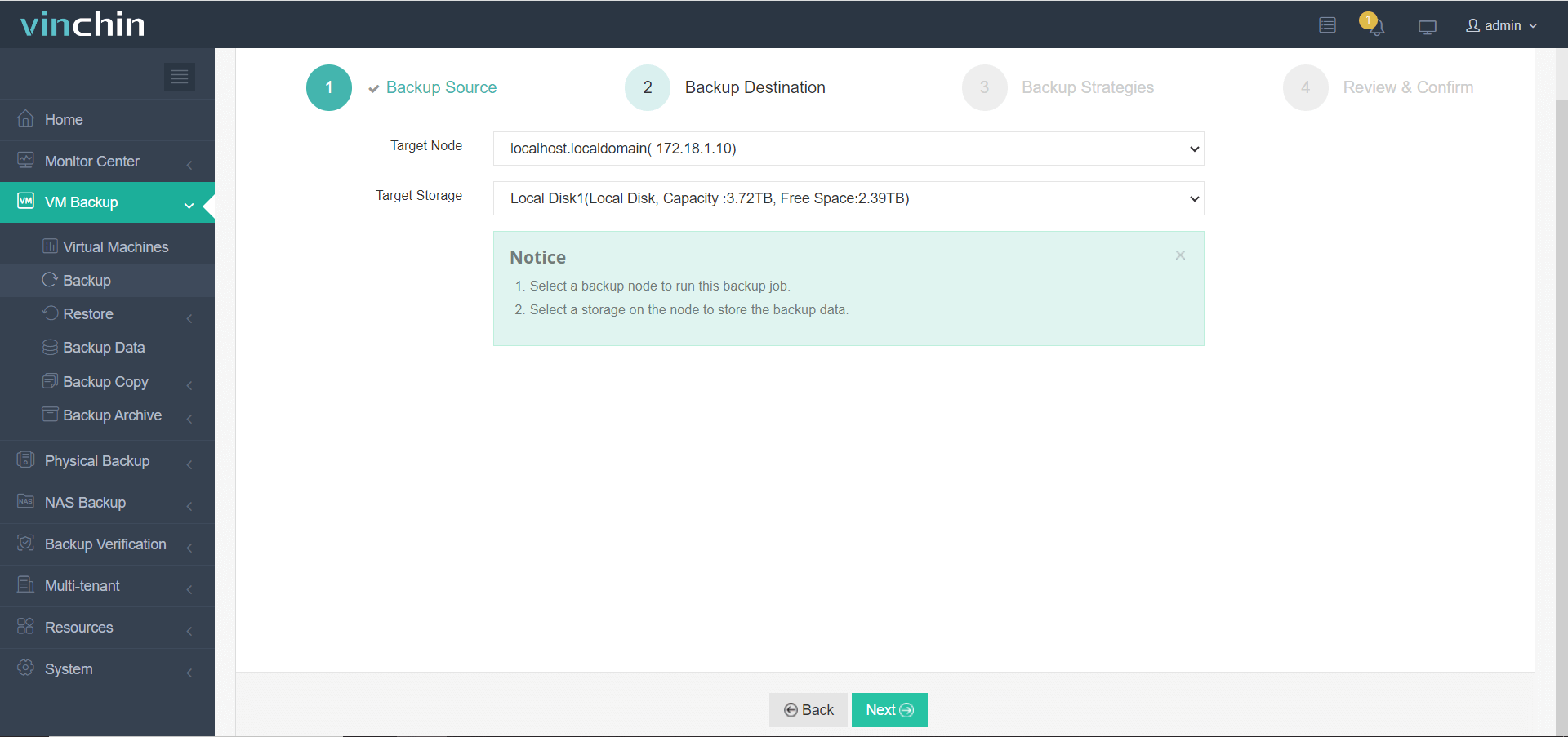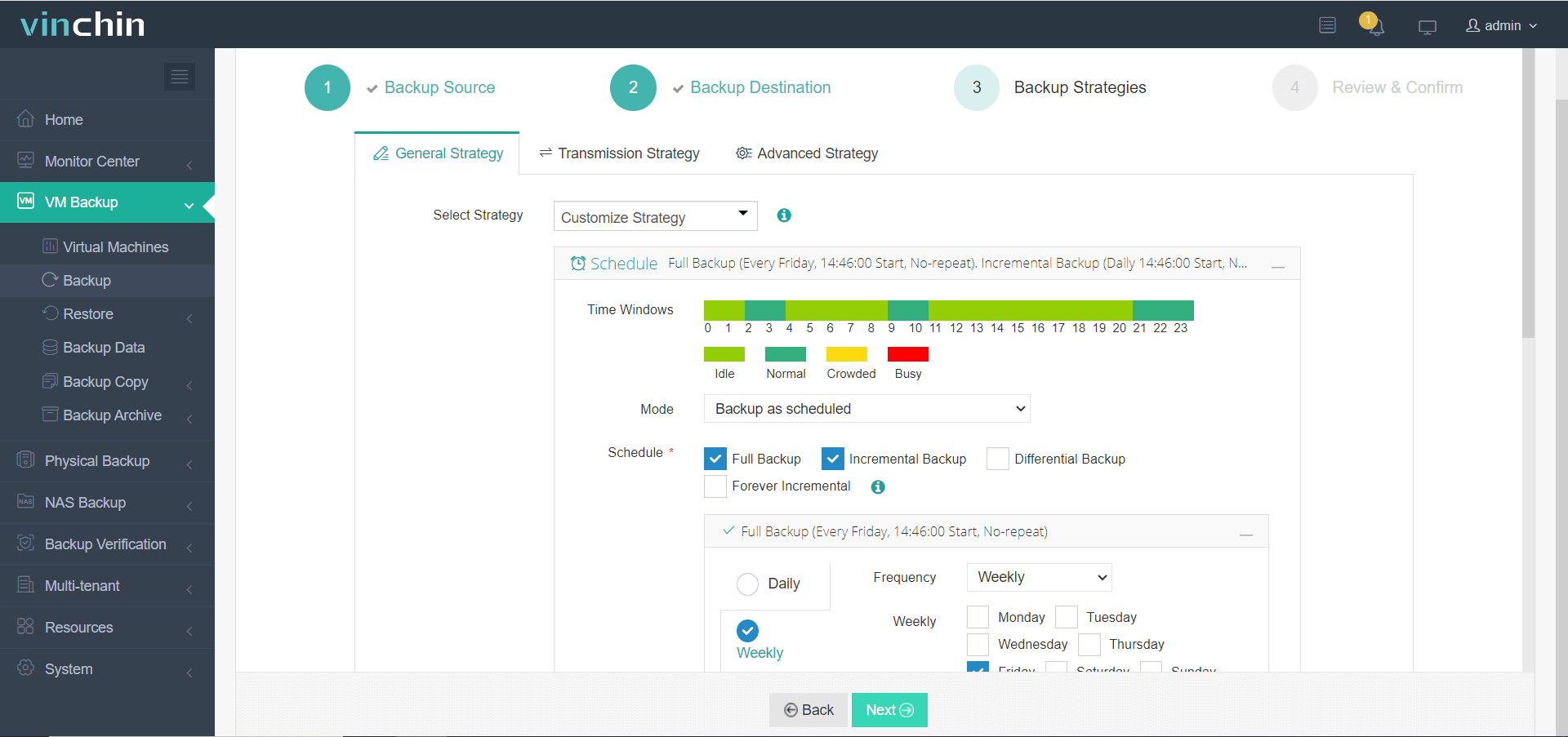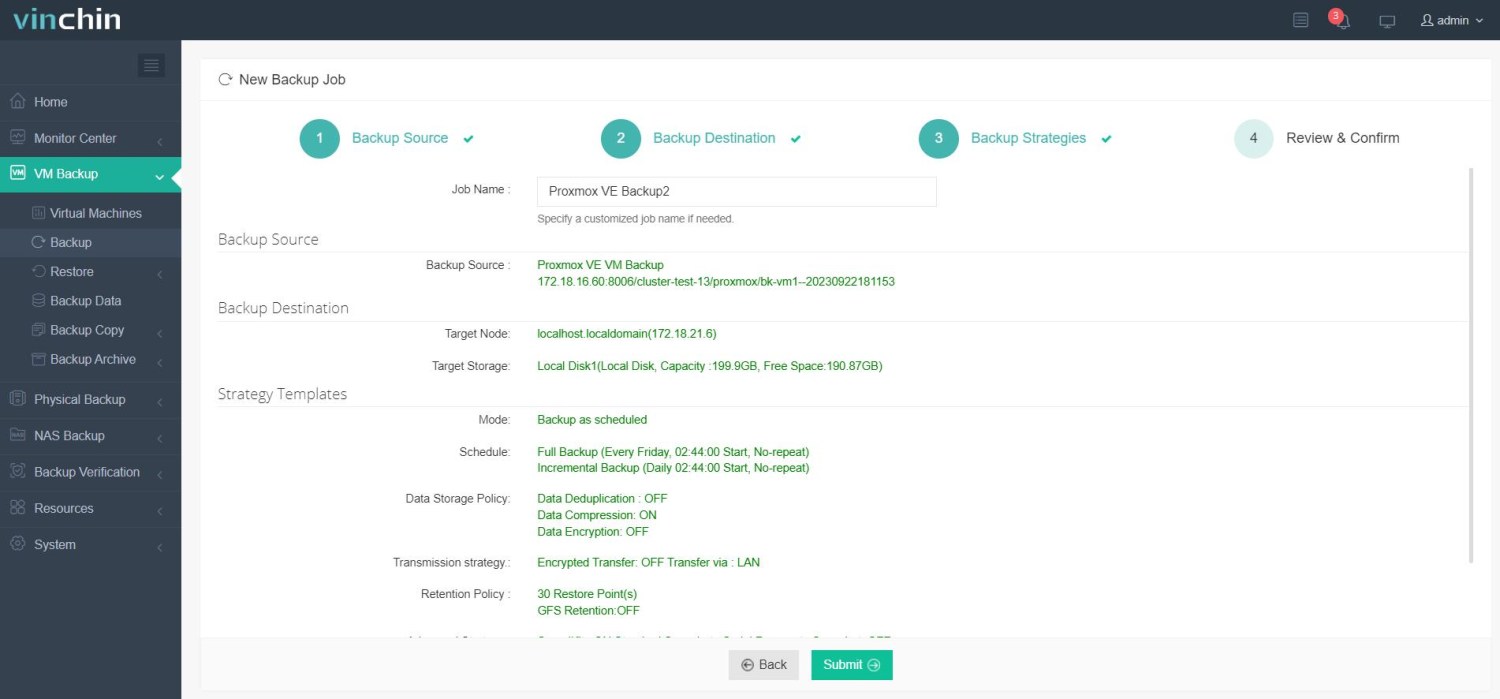-
What is OpenStack?
-
What is OpenShift?
-
OpenStack vs OpenShift: a comparison
-
Protecting OpenStack VMs with Vinchin
-
OpenStack vs OpenShift FAQs
-
Conclusion
Cloud infrastructure and container platforms drive modern IT architectures. Among many technologies, OpenStack and OpenShift are widely used but serve very different purposes. This article introduces both platforms, compares their architectures and use cases.
What is OpenStack?
OpenStack is an open-source cloud computing platform mainly used to build and manage private and public clouds. It delivers Infrastructure as a Service (IaaS), integrating compute, storage, and networking resources to create flexible cloud environments. Operators can deploy and manage virtual machines, block storage, object storage, and networking on demand.
Architecture and Core Components
OpenStack features a modular design where multiple services communicate via APIs. Key components include:
Nova: Manages compute resources, supports Cells v2 architecture for large-scale cloud partitioning.
Neutron: Software-defined networking (SDN), supporting various network topologies and IP management.
Cinder: Provides persistent block storage for VMs.
Swift: Offers scalable, redundant object storage.
Keystone: Handles identity and access management.
Glance: Manages VM images.
Placement API: Tracks and allocates CPU, memory, and storage resources efficiently.
Horizon: Web-based management console.
OpenStack supports multi-tenancy, ensuring secure resource isolation.
Deployment and Challenges
While modularity provides flexibility, it adds complexity to deployment and upgrades. Tools like Kayobe and Kolla-Ansible assist automation, but dependencies among services like Nova and Neutron require careful lifecycle management.
Ecosystem and Alternatives
OpenStack suits large-scale private clouds but competes with alternatives like VMware Cloud Foundation and Nutanix AHV, which offer different balances of complexity and cost.
What is OpenShift?
OpenShift is a Kubernetes-based container platform focused on containerized application development, deployment, and management. It acts as a Platform as a Service (PaaS) across private clouds, public clouds, and bare metal.
Key Features and Architecture
OpenShift comes in two editions: the community OpenShift Origin and the enterprise OpenShift Container Platform.
Built on Kubernetes, OpenShift adds:
CRI-O: A lightweight container runtime enhancing security and performance.
Operator Framework: Automates deployment and management of complex applications.
Horizontal Pod Autoscaler (HPA): Automatically scales container pods based on load.
It also provides built-in CI/CD pipelines, developer tools like Source-to-Image, and an intuitive web console.
Security and Compliance
OpenShift enforces strict security via SELinux integration and mandatory Security Context Constraints (SCCs) or Pod Security Admission, limiting container privileges. It includes OpenSCAP for compliance scanning and hardened container stacks.
Operations and Monitoring
OpenShift leverages Prometheus and Thanos for monitoring, and uses Loki or Elasticsearch for log collection, helping operators maintain cluster health.
OpenStack vs OpenShift: a comparison
Both platforms serve cloud environments but differ in layers and use cases. The table below summarizes key distinctions:
| Feature | OpenStack | OpenShift |
| Orchestration Unit | Virtual Machines (Nova) | Container Pods (Kubernetes) |
| Networking | Neutron SDN (supports VLAN, VXLAN) | OpenShift SDN or OVN-Kubernetes |
| Storage | Block (Cinder), Object (Swift) | PersistentVolumes via CSI |
| Security | Keystone identity, multi-tenancy | SELinux, SCCs, Pod Security Admission |
| Scalability | Cells v2 for compute partitioning | HPA-based container autoscaling |
| Use Cases | Private/hybrid cloud VM workloads | Cloud-native apps, microservices |
| Performance | Higher overhead due to VMs | Lightweight containers, faster startup |
| Deployment Complexity | Complex, longer cycles | Kubernetes-based, simpler setup |
Integration and Interoperability
OpenStack's Magnum can provision Kubernetes clusters, including OpenShift, enabling container workloads on OpenStack infrastructure and unified hybrid cloud management.
Performance Trade-offs
OpenStack runs full VMs, providing strong isolation at higher overhead. OpenShift's containers share the OS kernel, offering higher density and faster startup, suited for agile development.
Expanded Use Cases
Organizations often combine both: OpenStack manages private cloud VMs, while OpenShift extends containers on public clouds like AWS. Edge computing uses OpenStack's StarlingX for real-time clouds, and OpenShift at Edge for containerized edge apps.
Protecting OpenStack VMs with Vinchin
Securing OpenStack virtual machines is critical for data integrity and availability. Vinchin Backup & Recovery is an enterprise-grade VM backup solution supporting OpenStack, VMware, Hyper-V, Proxmox, and over 15 other mainstream virtualization platforms.
Vinchin leverages forever-incremental backup technology to minimize backup data and reduce time. It integrates intelligent data deduplication and compression to save storage space. Its efficient V2V migration enables cross-platform VM transfers, supporting flexible scheduling and disaster recovery.
Vinchin Backup & Recovery's operation is very simple, just a few simple steps.
1.Just select VMs on the host

2.Then select backup destination

3.Select strategies

4.Finally submit the job
Vinchin is widely trusted by enterprises worldwide for its strong performance and reliability. It offers a 60-day full-feature free trial. For more information, please contact us directly.
OpenStack vs OpenShift FAQs
Q1: How can I deploy OpenShift on OpenStack?
Common methods include using Terraform or the OpenStack Platform Director to automate OpenShift cluster deployment.
Q2: How do I coordinate OpenStack and OpenShift resources in hybrid cloud environments?
Tools like OpenStack Magnum manage Kubernetes clusters, enabling unified orchestration of VMs and containers.
Conclusion
OpenStack and OpenShift play distinct yet complementary roles in cloud architectures. OpenStack focuses on building and managing VM infrastructure, while OpenShift excels in delivering containerized applications. Together, they support hybrid, multi-cloud, and edge computing scenarios. Ensuring OpenStack VM security is vital, and Vinchin provides a leading backup solution to safeguard your virtual machine data.
Share on:









